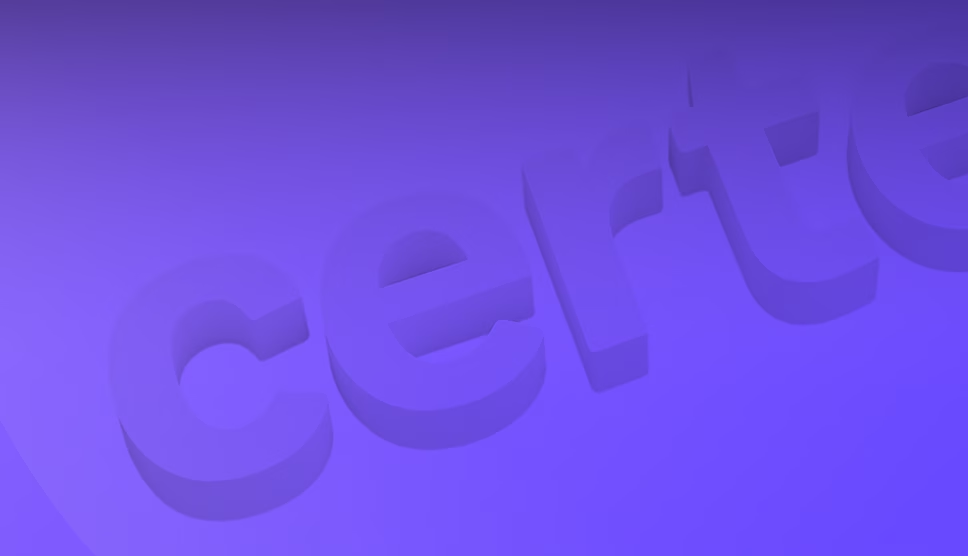SaaS tools are both a blessing and a curse. SaaS tools have revolutionized business productivity, no more lengthy roll-outs or implementation committees, the ability to quickly provision or deprovision licenses allows companies to easily expand and contract to their own needs.
On the other side of the coin, no longer do we have perpetual licenses which gave a very quantifiable, immutable cost which allowed for easy tracking of spend. It would often require a roll-out, which while slow enabled IT teams an easy way to track what was being used and by whom. These two points alone made it, in most cases, an easily tracked and monitored event for both Finance and IT teams.
Here’s what’s bleeding your budget and how to shut the taps.
The Scale of the Problem
Explosive growth: since 2016, SaaS adoption has surged over 700%, with many organizations now using 100–300+ SaaS apps, up from under 20 just a few years ago. SaaS may not be a choice, as more and more
software vendors realize the model is a profitable one.
Sky-high spend: average SaaS spend per employee is about $1,360/year, a roughly 55% increase since 2021. In 2023, midsize and large enterprises spent nearly $10,000 per employee across SaaS. Spend is also hard to predict and SaaS vendors often raise prices without much warning leading to unexpected spend that is often not forecast.
Massive license waste: around 53% of SaaS licenses go unused. Companies alone wasted over $19 million in 2023 on unused licenses, with enterprise-level waste averaging $21.5 million annually. While it makes the
onboarding process easier, a one-size-fits-all approach to license allocation with no usage checks can lead to over-allocation.
Shadow IT drains budgets: departmental SaaS purchases account for up to 70% of spend, with over 33%
unsanctioned apps used. Oversight is quickly lost when departmental credit cards are used to purchase
licenses without the guard rails needed to keep company budgets on track.
Duplicate & Redundant Tools
Multiple teams often pay for similar functionality, resulting in overlapping subscriptions. Gartner estimates 30% of SaaS spend is wasted on unused features or redundant licenses, add up to millions in unnecessary cost.
Unseen Renewals
Without centralized renewal tracking, auto-renew subscriptions by default, often for tools no one uses. This contributes to up to 30–40% of SaaS budgets being wasted.
Underutilized Licenses
Studies show 73% of provisioned licenses are never used, and only 47% of provisioned apps are actually
utilized. We can probably all point to that one tools, or more, for which we have had a license assigned but never used, or used a couple of times and realized we prefer a different way of working.
Limited oversight: only around 40% of enterprise SaaS apps are managed centrally, leaving the rest
vulnerable. News of the latest breach goes unactioned as IT teams don’t have the full picture of what is in use leaving companies exposed to greater risks than ever.
Increased breach risk: The risk landscape is changing so fast, the more SaaS tools replace on-prem tools the larger to attack surface, a threat actor can target large SaaS vendors and if attacks are successful they will have access to many companies worth of data.
Dormant-account threats: unused licenses often equate to inactive accounts, which are a prime target for attackers. Without usage oversight, IT teams cannot ensure that these unused accounts are purged or reallocated, and that is if they have visibility.
The Real Cost of InactionThese trends don’t just hurt budgets, they slow IT, hinder forecasting, and chip away at digital agility. Consider this:
- Enterprises spend $49 million annually on SaaS, with policy drift and shadow apps draining millions more.
- Large firms typically manage 364 SaaS tools, while smaller organizations handle 242—leading to 8% annual growth in shadow IT.
- Nearly 2/3 of IT leaders report surprise charges due to consumption pricing or AI workloads.
What to Do About It
Centralize Visibility: Use dedicated SaaS management tools with SSO, browser, and identity-based detection to discover ALL apps, official and shadow.
Monitor Usage Continuously: Track license use in real time to flag idle accounts, automate reclaiming, and avoid unnecessary renewals.
Automate Governance: Enforce purchasing policies, access controls, and compliance through automation tied to identity and HR systems.
Rationalize & Consolidate: Eliminate redundant apps, negotiate enterprise deals, and align purchases to business needs and usage patterns.
Control Renewals Strategically: Set reminders, review contracts early, and renegotiate based on actual utilization, not prior spend.
Forecast Accurately: Model per-user and per-unit costs for SaaS, predict renewals, and align budgets with business priorities.
Final Take
Unchecked SaaS sprawl isn’t just an inconvenience, it’s a silent tax on your IT budget, security posture, and operational velocity. But the fix is within reach:
Centralize discovery. Automate governance. Reclaim waste. Govern renewals. And always, make data, not guesswork, the foundation of every spend decision.
If your CFO isn’t asking for this yet, they will be soon. Act now, or keep paying the hidden tax.












